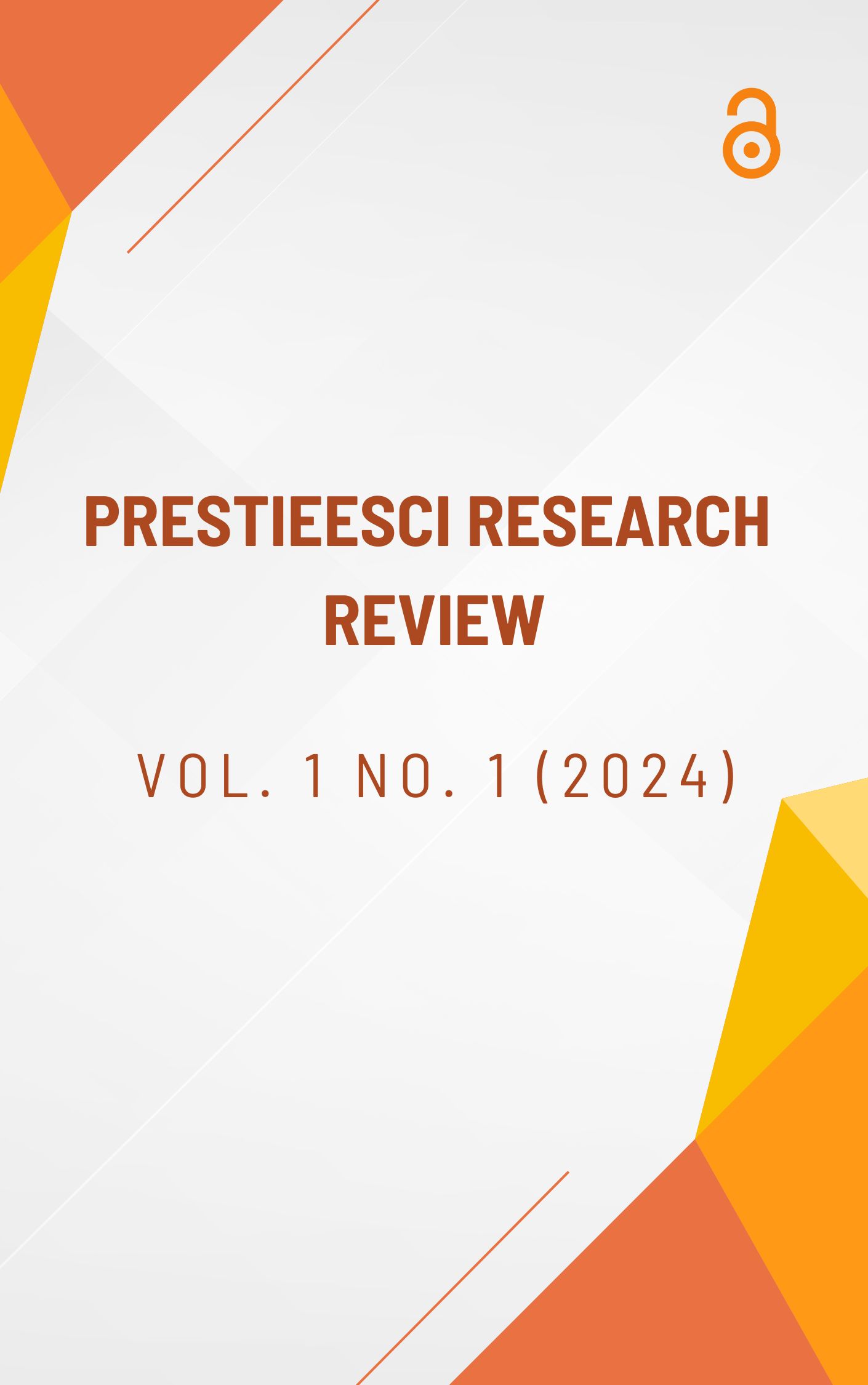A STUDY ON IDENTIFYING THE INEQUALITIES IN EDUCATION AND FINDING THE SOLUTION WITH IMPLICATIONS OF CURRICULUM, INSTRUCTION, AND STUDENT INTERACTION
Abstract
Even though the Constitution of the United States talks about equality, it is clear that it is not always followed. Education is a big place where it is not. Thomas Jefferson wrote in the Declaration of Independence that people have the right to live freely and do what makes them happy. Both educational adequacy and educational equality draw connections between these two conceptions. According to a large corpus of comparative studies, the extent of disparity in educational results varies throughout Western cultures. Researchers have proven that the varied degrees of educational disparity across nations are impacted by the structure of education in those countries, in addition to investigating the implications of socioeconomic variations within specific countries. According to our research, central examinations (1) encourage schools to distribute students to tracks based on more objective measures, and (2) make it probable for institutions to invest more than that in lower-track students by making them more responsible for their performance. So, in monitored educational systems, the effect of paternal involvement on children's performance is mitigated through central assessments.




